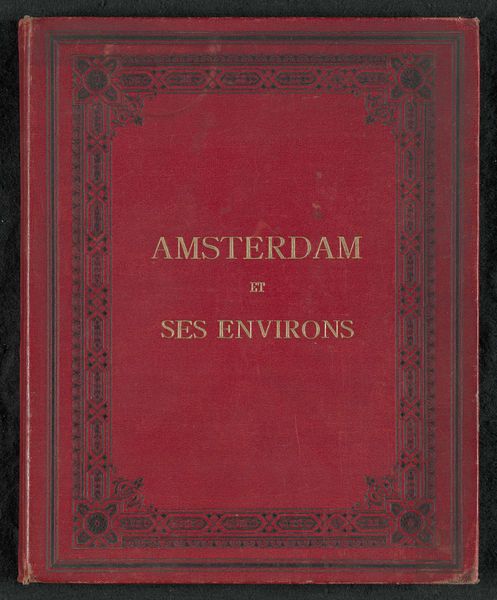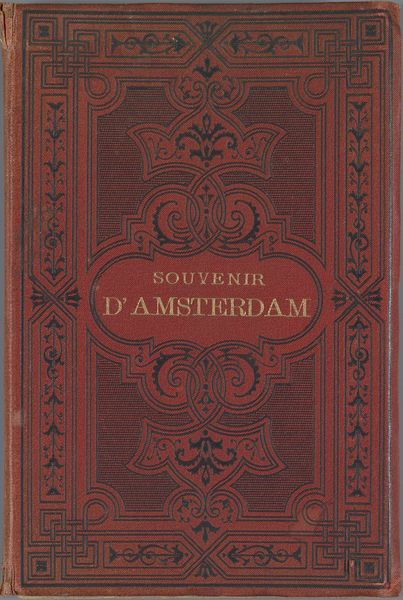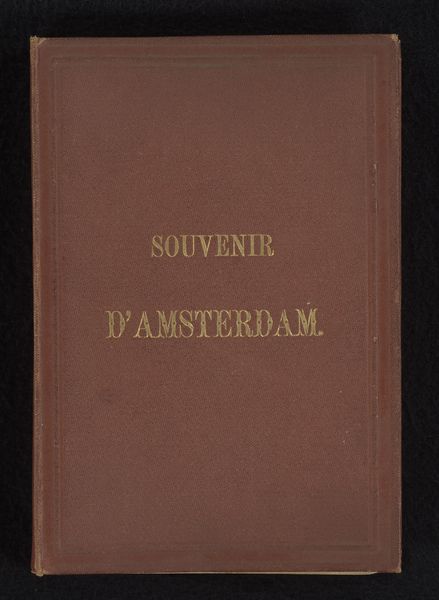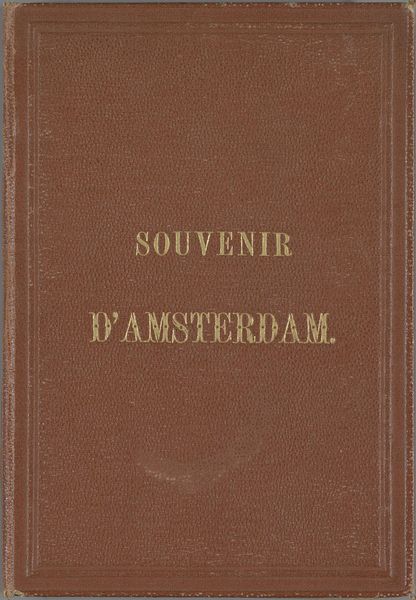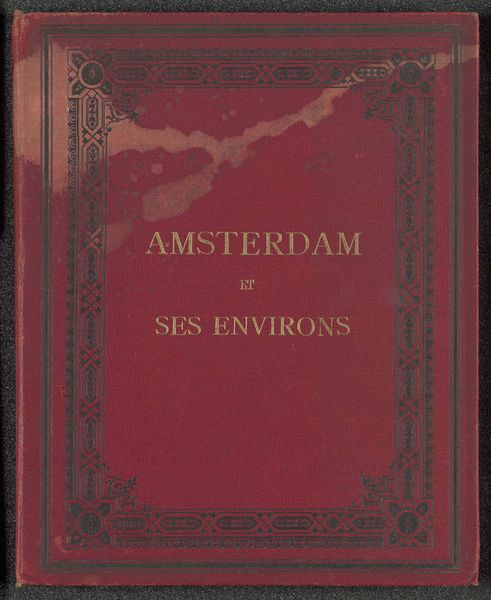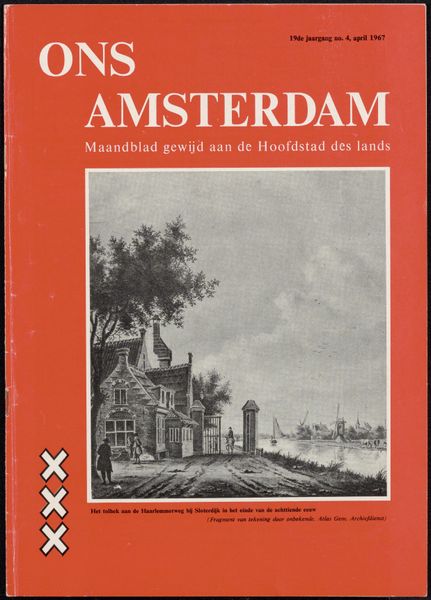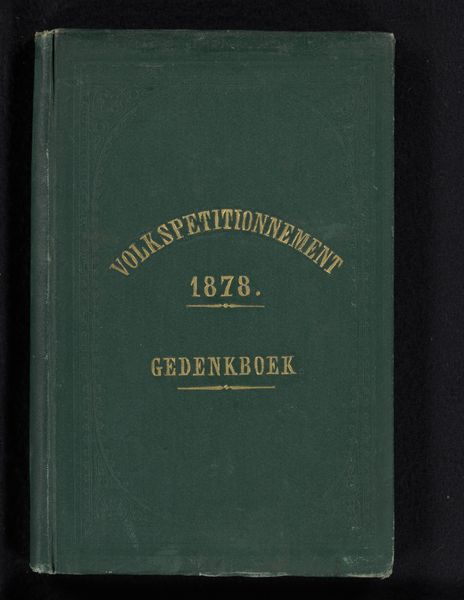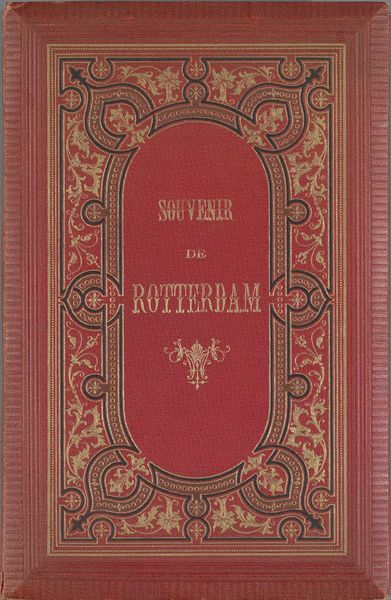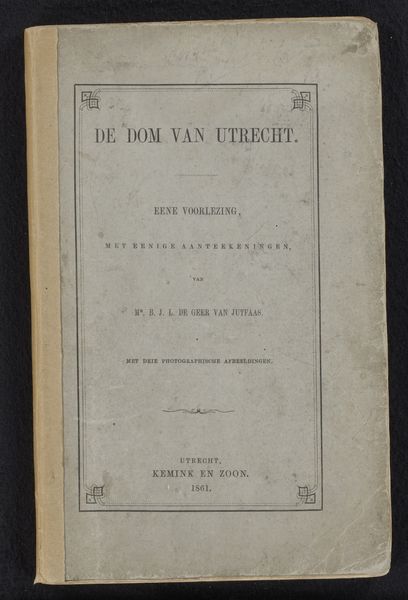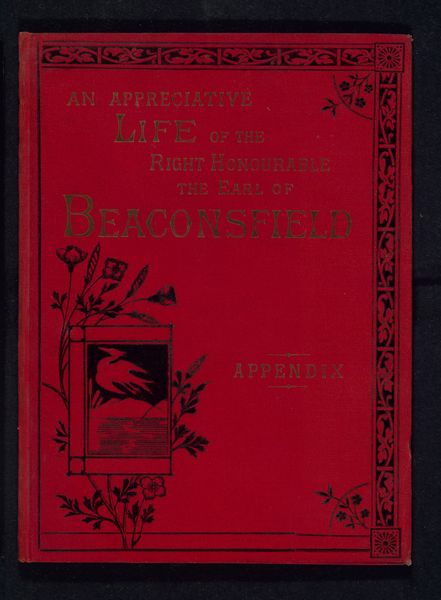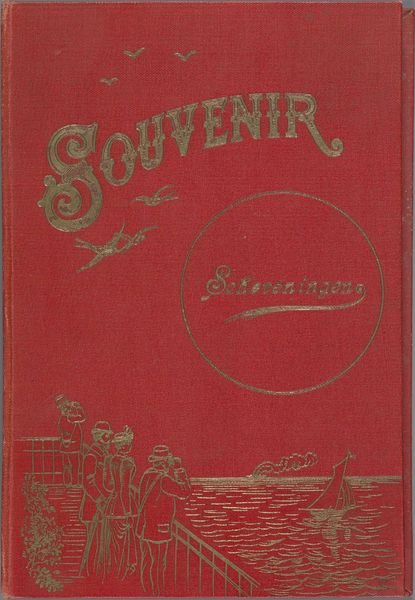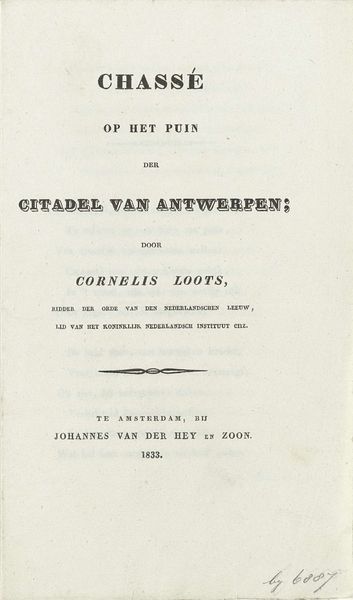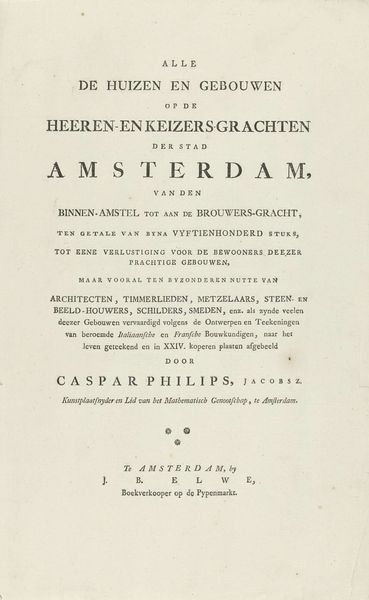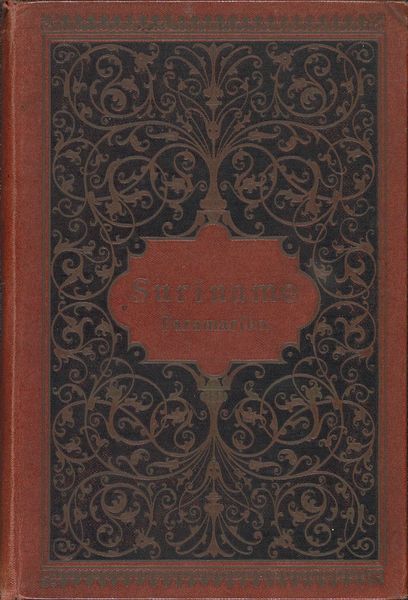
Fotoalbum met opnames van de Wereldtentoonstelling voor het Hotel- en Reiswezen op het Museumplein in 1895 1895
0:00
0:00
print, photography
# print
#
photography
#
orientalism
#
decorative-art
Dimensions: height 177 mm, width 120 mm, thickness 19 mm, height 157 mm, width 1315 mm
Copyright: Rijks Museum: Open Domain
Editor: Here we have an album of photographs documenting the 1895 World Fair for the Hotel and Tourism Industry in Amsterdam. The album cover has some amazing decorative work that feels almost like something from the Middle East. What do you see in this piece beyond just a memento of an exhibition? Curator: What strikes me is how this object encapsulates the late 19th century's fascination with, and often misrepresentation of, other cultures. The "oriental" style you mention, while decorative, speaks volumes about the politics of representation. Have you considered the implications of using a visual language associated with the Middle East for an event promoting Western hotel and tourism industries? Editor: I hadn't thought of it that way! It does feel a little… appropriative now that you mention it. So, is it suggesting that Amsterdam is exotic through this style? Curator: Precisely! It’s performing a kind of cultural tourism, right on the cover itself. The album becomes not just a souvenir, but also a symbol of power dynamics. Western audiences were consuming carefully curated images of "other" cultures, reinforcing existing hierarchies. We should question what's being sold alongside those hotel rooms and travel packages. Whose stories are being told, and whose are being erased in this promotion of leisure and exoticism? Editor: This is way more complicated than I initially thought, I just saw pretty patterns. Curator: These historical objects carry many stories; sometimes the most important ones are hidden in plain sight, beneath layers of aesthetic appeal and unexamined assumptions. The beautiful pattern can tell an ugly story. Editor: That really shifts my understanding. Now, I’m left thinking about the ethics of cultural exchange and the responsibility we have in interpreting historical objects like this. Curator: And that, ultimately, is why these dialogues are so valuable. To examine both art, the cultures that inspire it, and those that it leaves out.
Comments
No comments
Be the first to comment and join the conversation on the ultimate creative platform.
